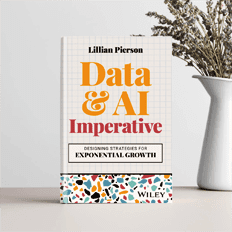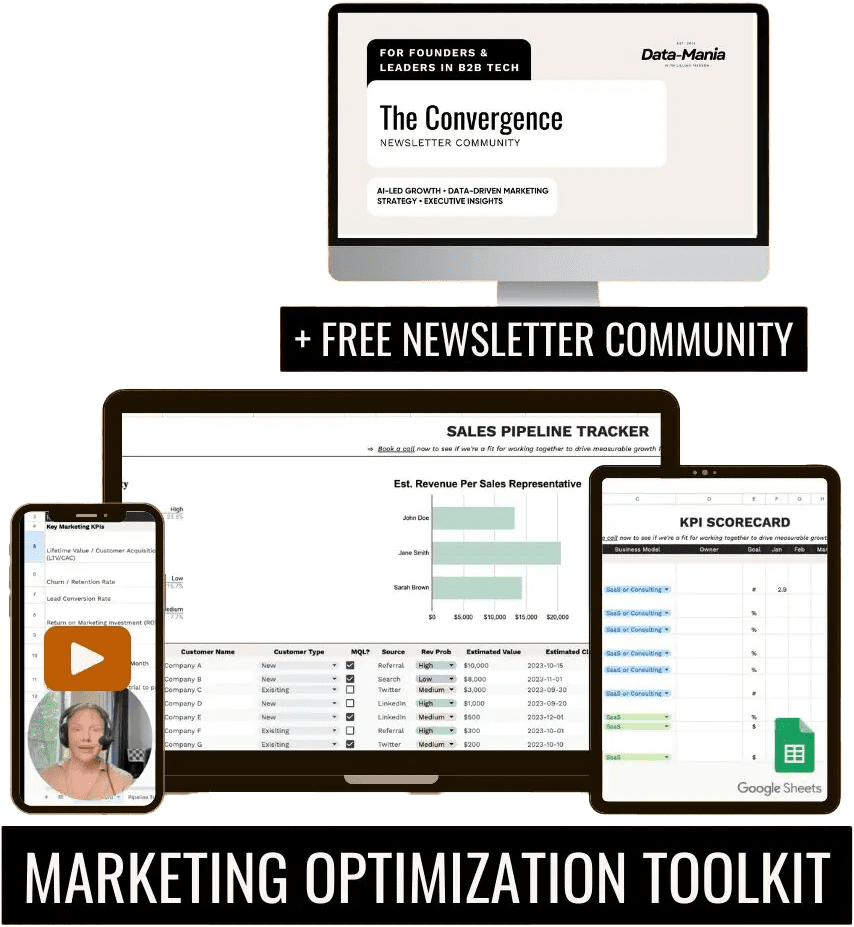Creating datasets is a foundational step in online research. This process is essential for uncovering hidden patterns and trends, quantifying results, and supporting informed decision-making.
Well-documented datasets enhance research reproducibility and foster collaboration among researchers and organizations. Moreover, datasets adapt seamlessly to advanced technologies like machine learning.
In essence, creating datasets is the key to extracting valuable, quantifiable insights from the extensive field of online information, contributing to the credibility and advancement of research efforts. In this article, we’ll help you to master the art of crafting custom datasets efficiently. We’ll start first with a strategy for creating dataset, and then we’ll follow that with a simple Python coding demo that shows you how to do it!

8 Strategic Steps For Planning and Creating Datasets for Online Research
If you want to create custom datasets for online research, you should start with the following 8 steps:
Step 1. Define Your Research Objectives
Clearly outline your research objectives before diving into creating datasets. Identify the specific insights you aim to gain, setting the foundation for a targeted approach.
By articulating the research goals, you not only set the direction for data collection but also ensure relevance and purpose. This clarity guides the selection of data points, sources, and methodologies, streamlining the entire research process.
Step 2. Identify Necessary Data Points
Pinpoint the essential data points needed to achieve your research goals. Categorize data types (numerical, categorical, or textual) to streamline the collection process.
By categorizing, you streamline the collection process, ensuring that each data point serves a specific purpose in addressing your research objectives. This facilitates efficient data gathering and contributes to the overall structure of the dataset.
Step 3. Leverage Diverse Data Sources
To ensure a comprehensive dataset, utilize diverse sources. Combine manual collection, web scraping, and existing datasets, fostering a holistic perspective.
Web scraping Techniques
Web scraping techniques involve responsibly extracting relevant information from websites using tools like BeautifulSoup or Scrapy.
BeautifulSoup and Scrapy are Python libraries facilitating efficient web scraping, ensuring compliance with website terms of use. Ethical extraction involves respecting website policies, avoiding excessive requests, and prioritizing user privacy.
For example, in gathering customer opinions from product reviews, web scraping enables the extraction of fine-grained insights, contributing diverse perspectives to the dataset. It’s essential to balance the power of web scraping with ethical practices, ensuring accurate, legal, and respectful acquisition of data for comprehensive analysis.
Manual Data Collection
Implement surveys, interviews, or observations for data not readily available online. Develop structured questionnaires to gather accurate and meaningful insights.
Step 4. Data Cleaning and Validation
Maintain data quality through rigorous cleaning and validation processes. This involves identifying and rectifying errors, missing values, and outliers that can compromise the accuracy of the dataset. The use of tools like Pandas in Python streamlines this process, providing functionalities to identify inconsistencies and handle data anomalies effectively.
Cleaning ensures uniformity and reliability, preparing the dataset for accurate analysis. On the other hand, validation confirms that the data meets specific criteria, enhancing the overall integrity of the dataset.
Step 5. Ensure Data Privacy and Compliance
Adhere to data privacy regulations and ethical standards. Anonymize sensitive information and comply with legal requirements, such as GDPR, when dealing with personal or proprietary data.
Adhering to these regulations protects your privacy rights and fosters ethical data practices. Anonymization techniques, like encryption or aggregation, safeguard identities while allowing meaningful analysis. Compliance with legal requirements mitigates risks, ensuring organizations operate within the law.
Step 6. Optimal Dataset Size
Consider the size of your dataset based on your research objectives. Strike a balance between comprehensiveness and manageability. For instance, you can cover an extended timeframe when studying climate change impact.
Step 7. Adopt an Iterative Approach
View creating datasets as an iterative process. Refine your dataset as research progresses, addressing feedback and enhancing relevancy. Update information regularly for real-time insights.
Adopting an iterative approach in dataset creation involves continual refinement, addressing feedback, and enhancing relevancy. Embrace the dynamic nature of the process by actively seeking and incorporating feedback, addressing limitations, and aligning the dataset with the increasing research objectives.
Regular updates ensure real-time insights, while technology integration streamlines the iterative cycle. Transparent documentation facilitates collaboration and builds trust, balancing complexity for depth while maintaining usability. This continuous learning process not only refines the dataset but also fosters adaptability, making it vital to effective and evolving research practices.
Step 8. Document Your Process
Thoroughly document the dataset creation process, including sources, cleaning procedures, and any transformations applied. By detailing each step, you provide a roadmap for reproducibility, enabling the replication of the study by peers or future researchers. This transparency also aids in troubleshooting potential issues and ensures the credibility of the dataset.
Creating Datasets Coding Demo: How to Create a Dataset of Airbnb Reviews with Python and BeautifulSoup
Now, let’s practice your skills in creating datasets with a real-life example. This is to empower your data analysis skills by creating a custom dataset of Airbnb reviews using Python and BeautifulSoup. This guide offers a concise, step-by-step approach to gathering and organizing Airbnb reviews for insightful analysis.
Step 1: Install Required Libraries
Ensure Python is installed and install the necessary libraries.
pip install requests beautifulsoup4 pandas
Step 2: Import Libraries
In your Python script, import the required libraries.
import requests
from bs4 import BeautifulSoup
import pandas as PD
Step 3: Choose an Airbnb Listing
Select an Airbnb listing and copy its URL for review extraction.
Step 4: Send HTTP Request
Fetch the HTML content of the Airbnb listing using requests.
url = ‘paste-your-Airbnb-listing-URL-here’
response = requests.get(url)
html = response.text
Step 5: Parse HTML with BeautifulSoup
Parse the HTML content for easy navigation.
soup = BeautifulSoup(html, ‘HTML.parser’)
Step 6: Locate Review Elements
Identify HTML elements containing reviews by inspecting the page source. Typically, reviews are within <div> tags with specific classes.
Step 7: Extract Review Details
Loop through review elements, extracting pertinent information like reviewer name, rating, date, and text.
reviews = []
for review in soup.find_all(‘div’, class_=’your-review-class’):
reviewer = review.find(‘span’, class_=’reviewer-class’).get_text(strip=True)
rating = review.find(‘span’, class_=’rating-class’).get_text(strip=True)
date = review.find(‘span’, class_=’date-class’).get_text(strip=True)
text = review.find(‘div’, class_=’text-class’).get_text(strip=True)
reviews.append({‘Reviewer’: reviewer, ‘Rating’: rating, ‘Date’: date, ‘Text’: text})
Step 8: Create a DataFrame with Pandas
Transform extracted data into a Pandas DataFrame for easy manipulation.
df = pd.DataFrame(reviews)
Step 9: Save the Dataset
Save your dataset to a CSV file for future analysis.
df.to_csv(‘airbnb_reviews_dataset.csv’, index=False)
Conclusion
This marks the end of our creating datasets tutorial. You’ve now successfully created a dataset of Airbnb reviews using Python and BeautifulSoup. This structured dataset is now ready for in-depth analysis providing valuable insights into customer sentiments. Expand your knowledge by applying these steps to different Airbnb listings, uncovering patterns within the extensive world of Airbnb reviews.
Pro-tip: If you liked this post, be sure to check out our 3 Showstopping Data Analytics Use Cases To Uplevel Your Startup Profit-Margins.




